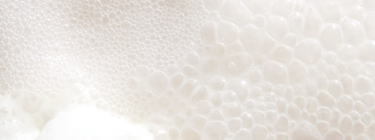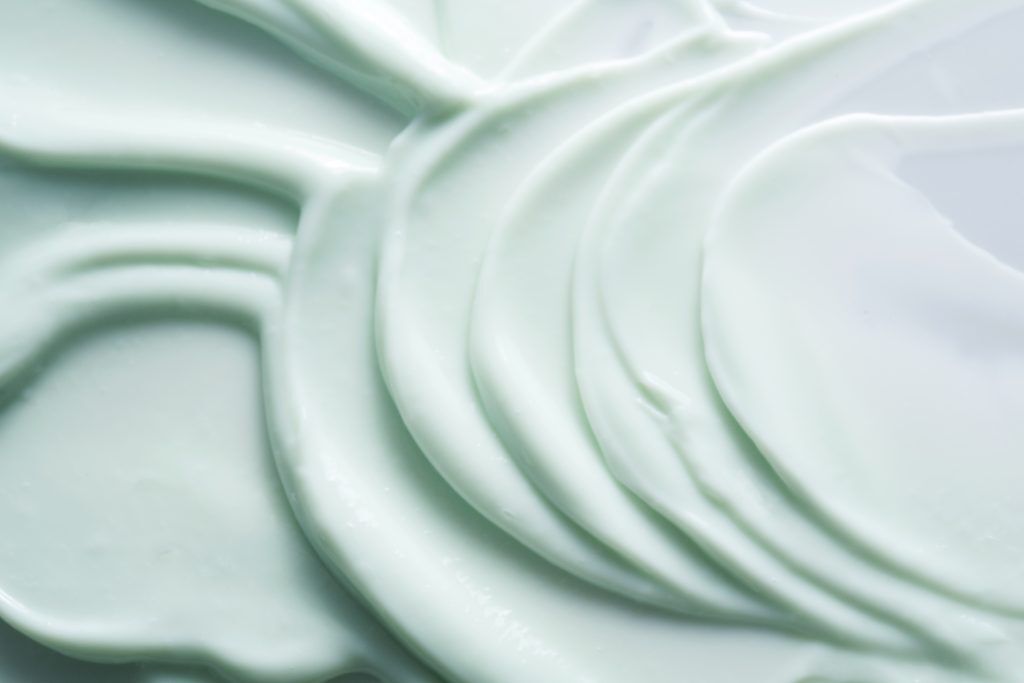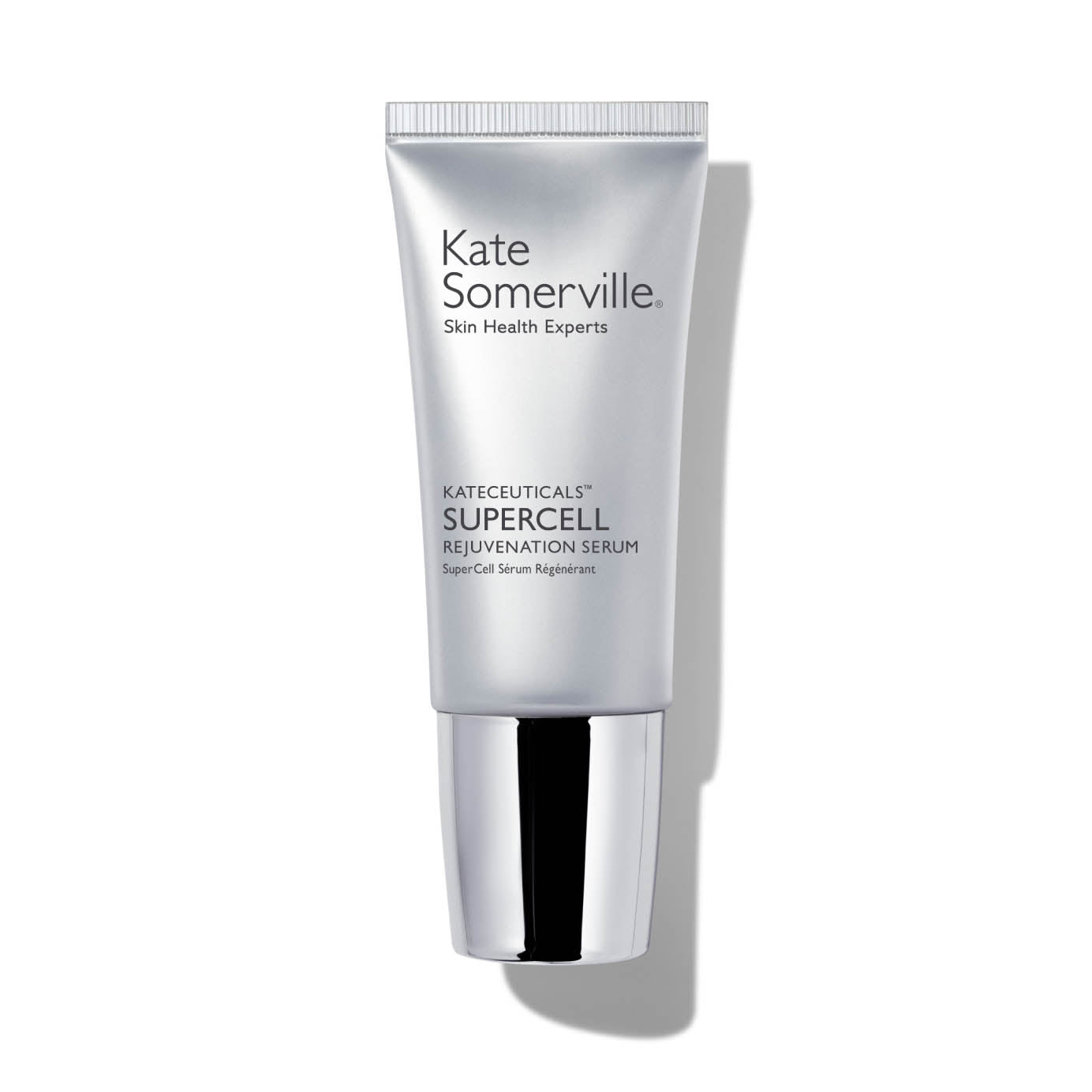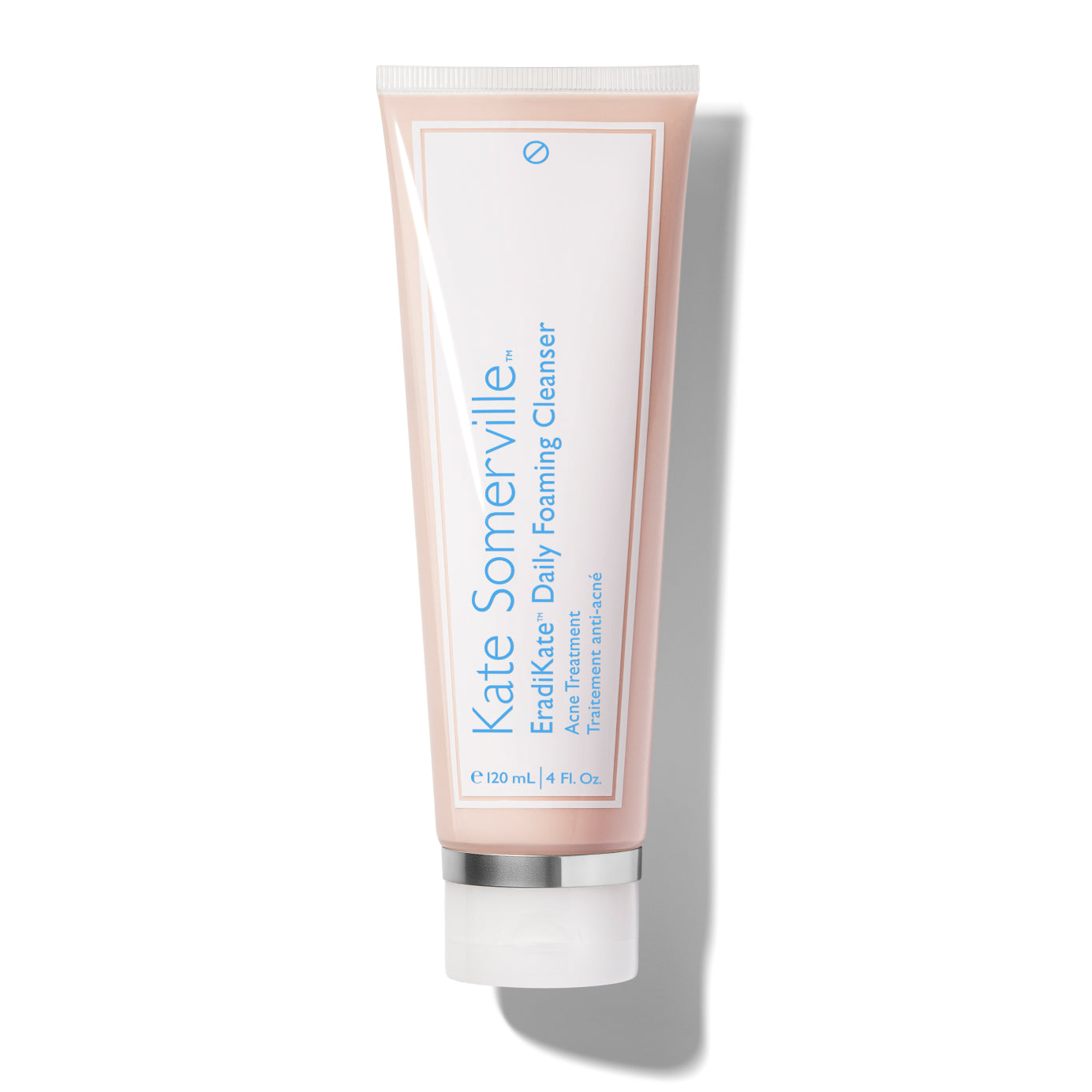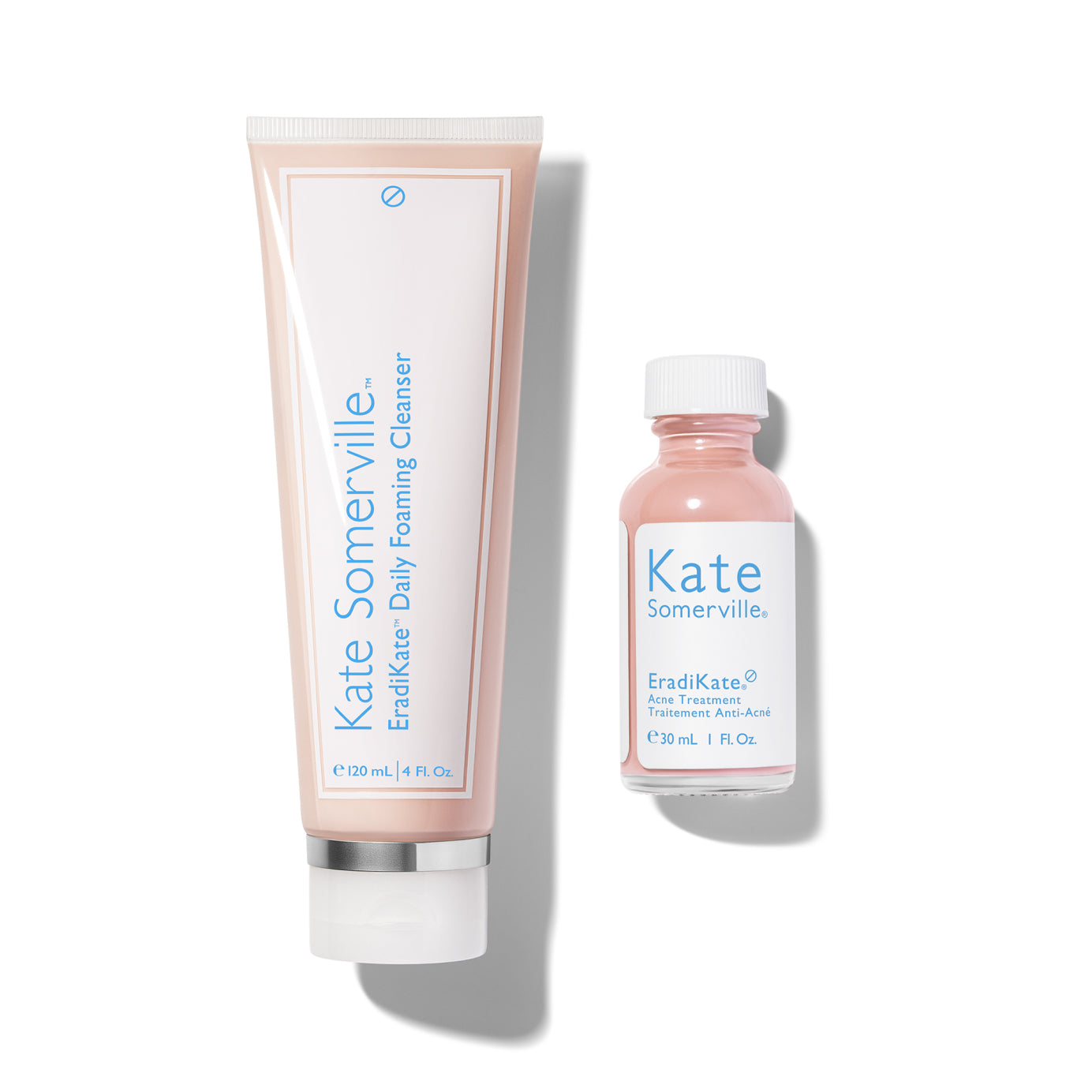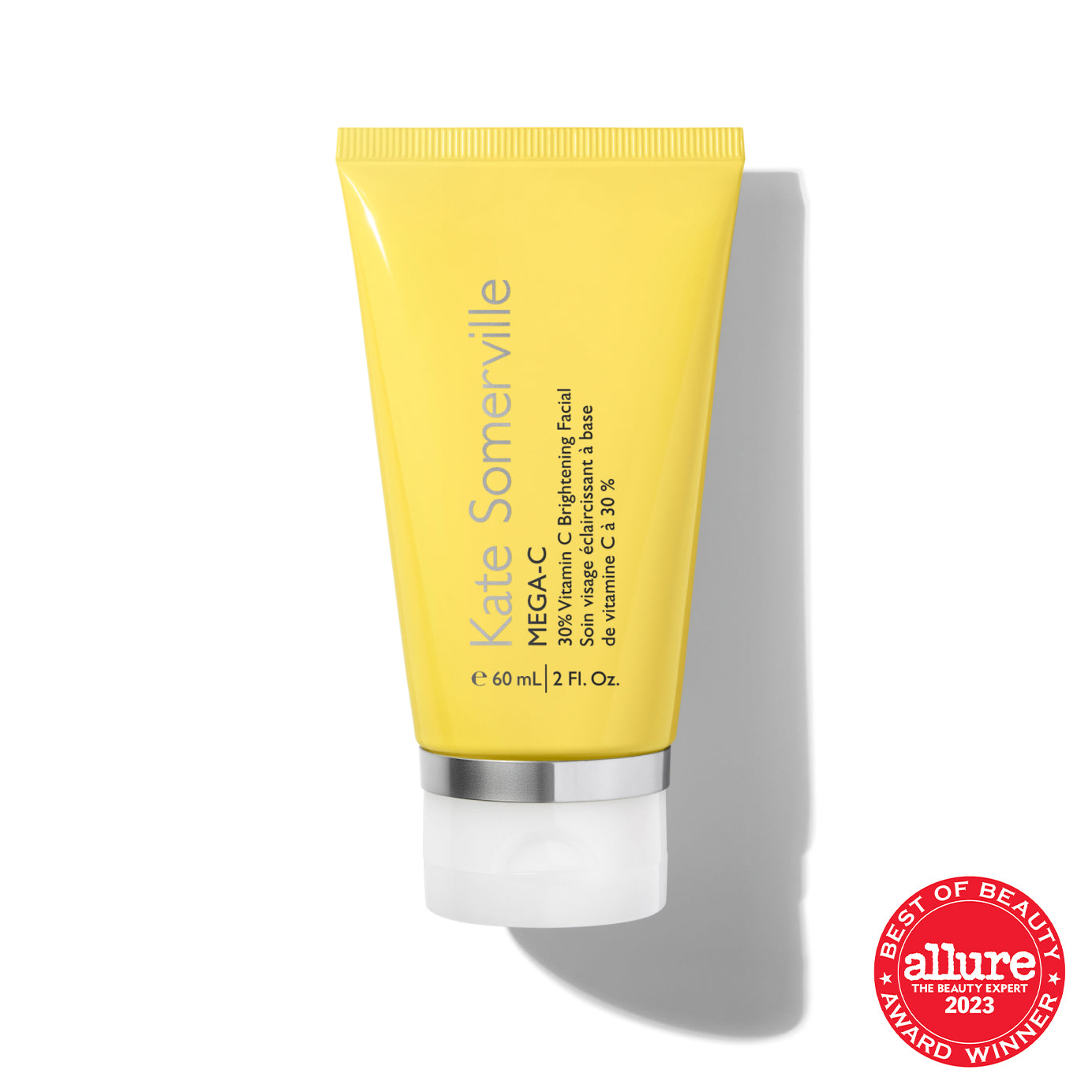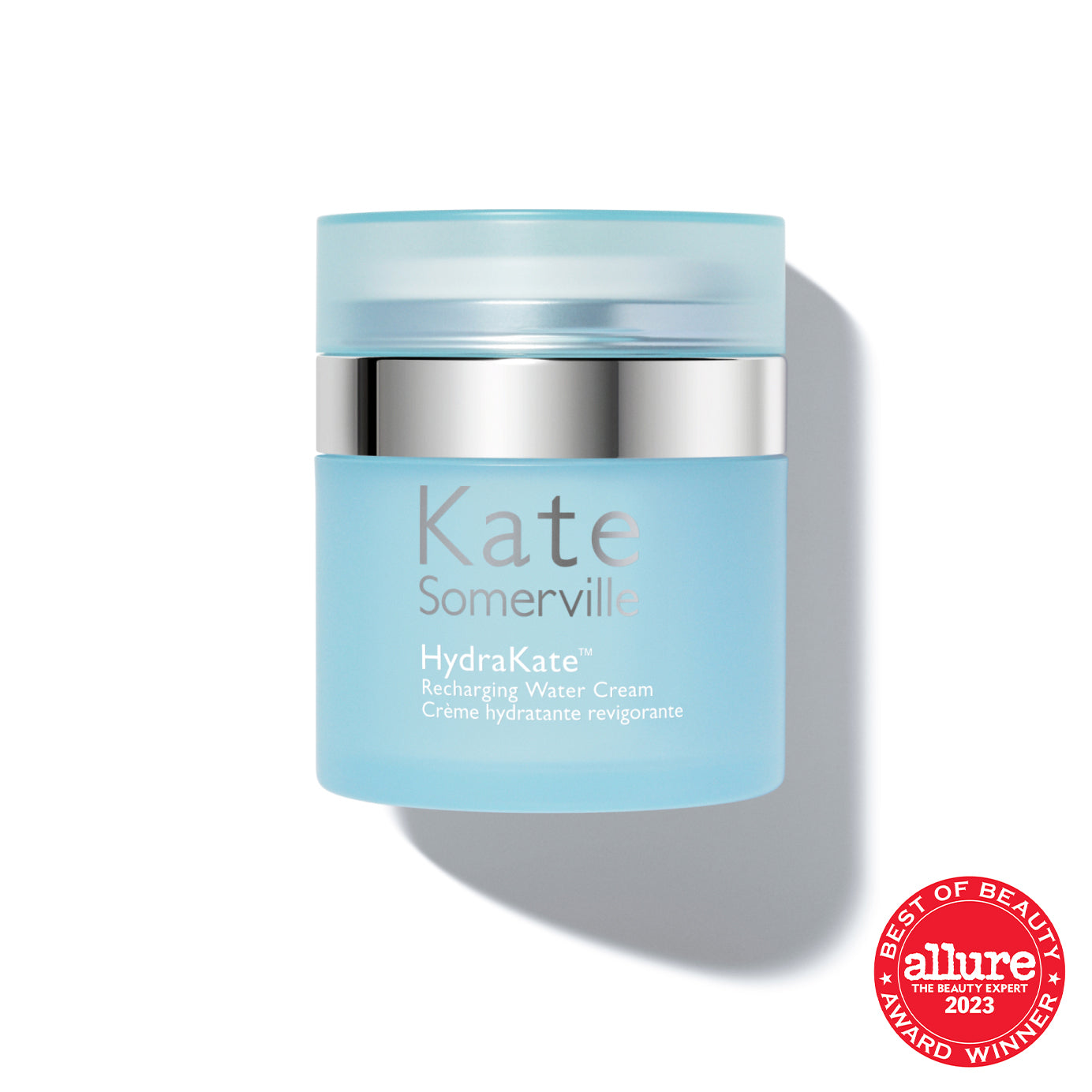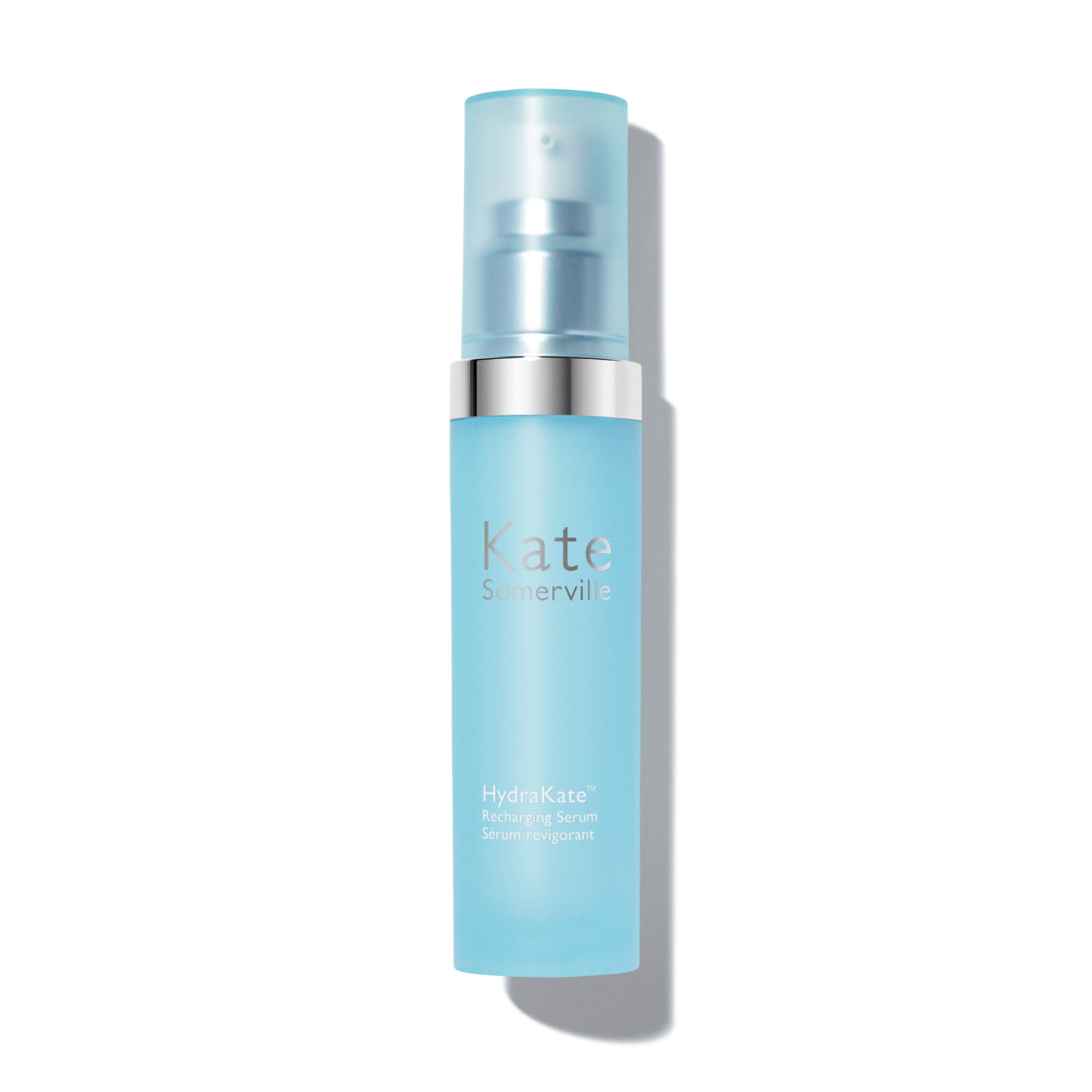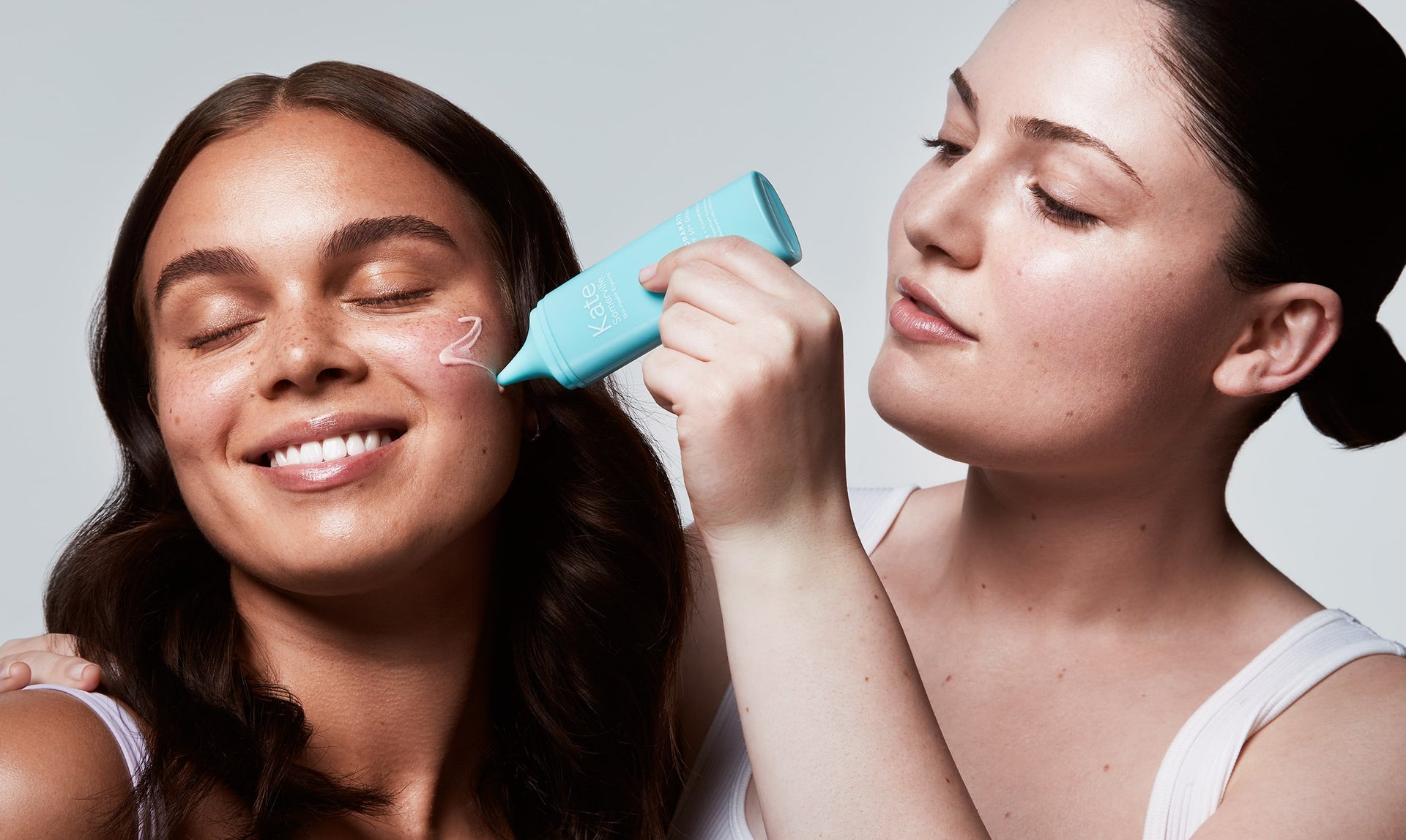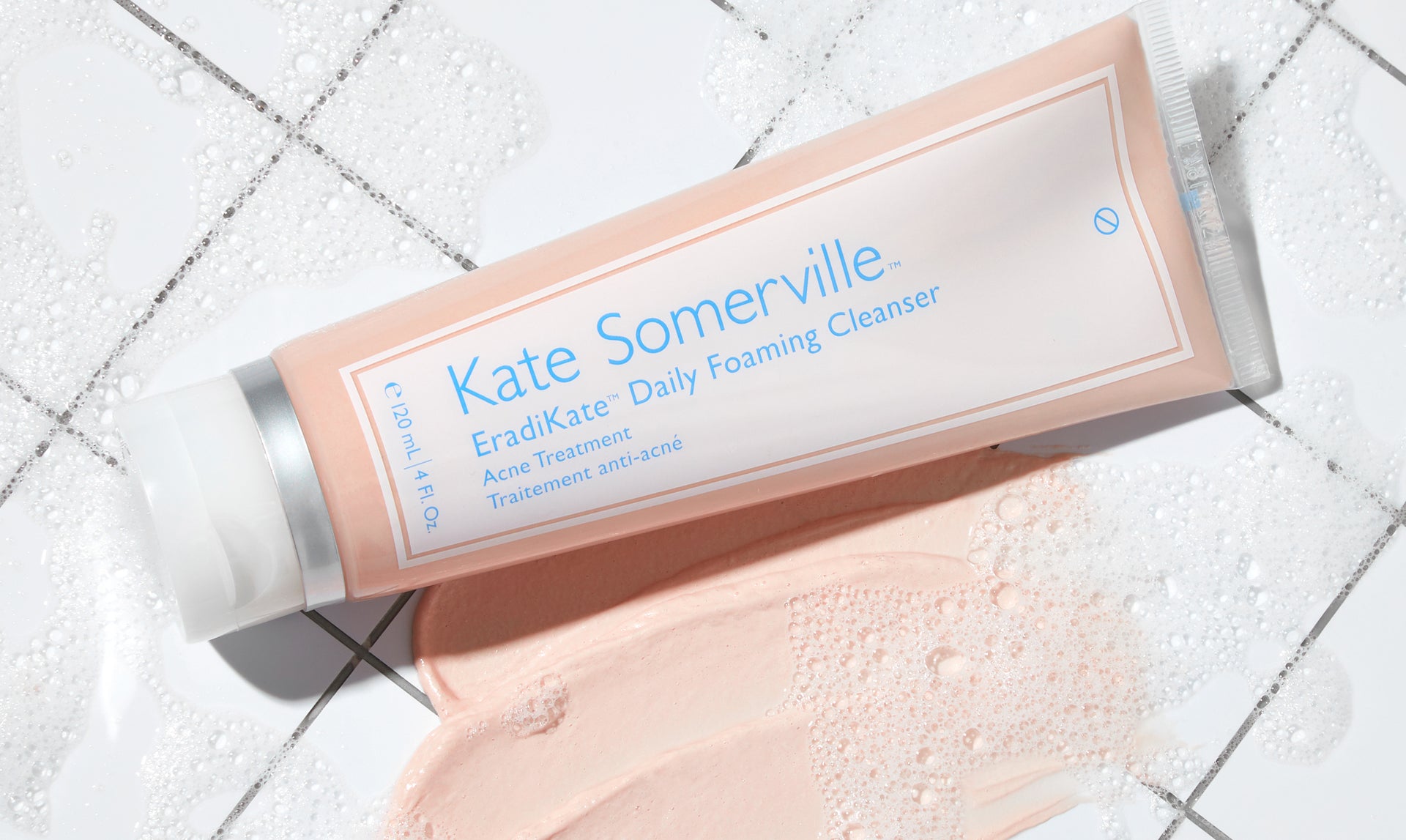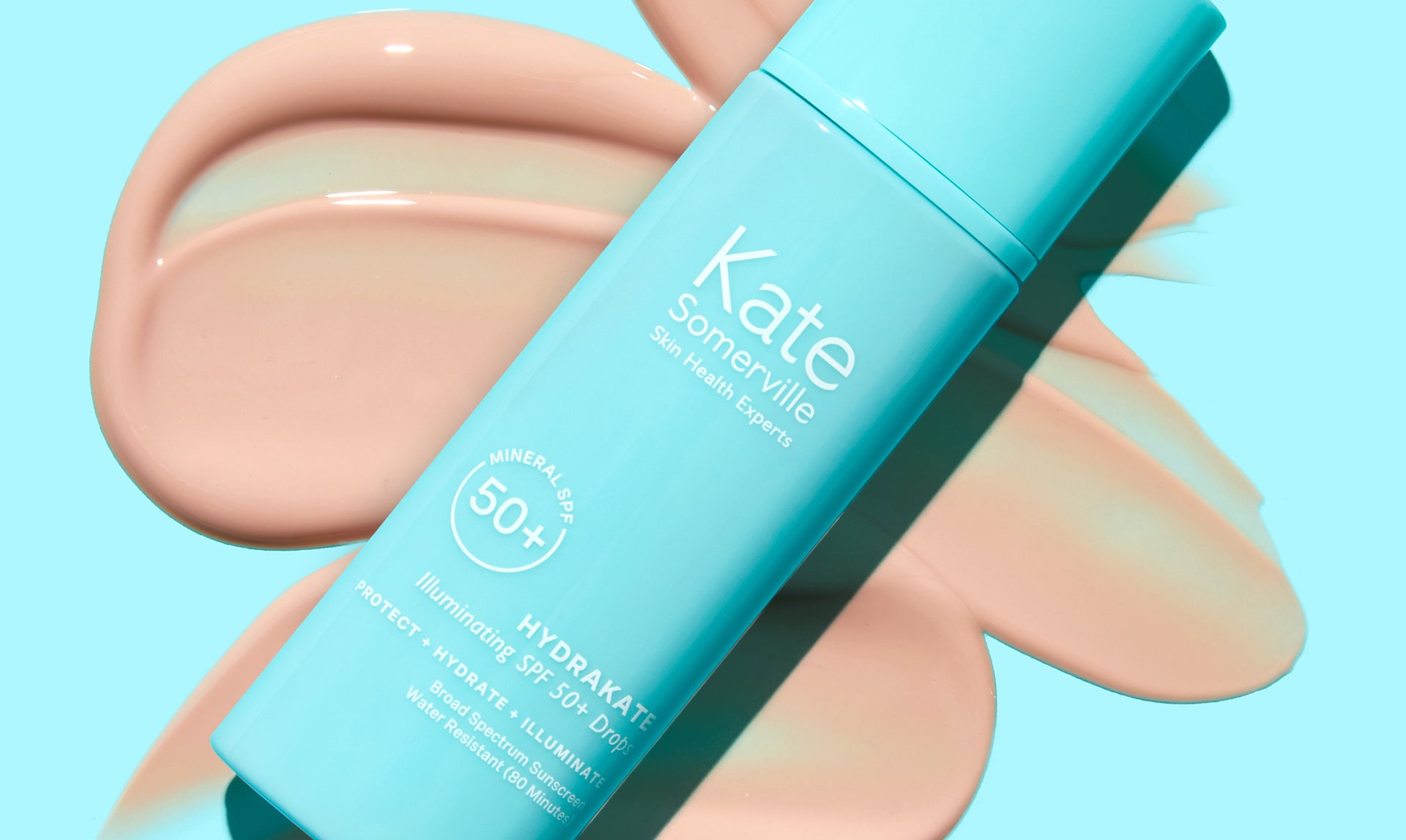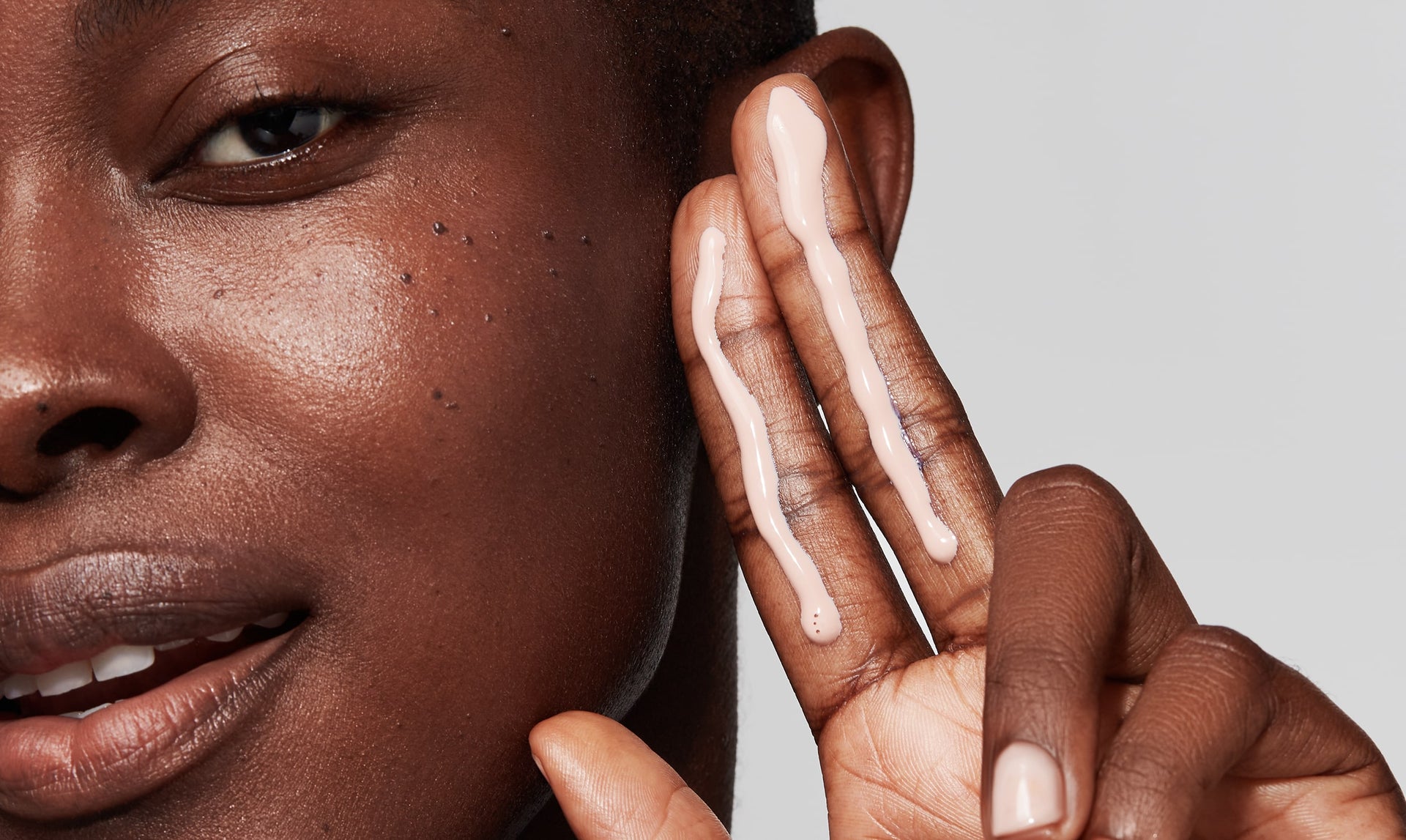A common question our Skin Health Experts get asked is, “What skincare routine is best for my skin type?” As with everything, what works for one person may not work for another. However, one thing is clear - your skincare regimen needs to be tailored to your skin type. Dry skin, oily skin and combination skin all have different challenges when it comes to keeping skin healthy and beautiful. When customizing your skincare routine, you must identify your skin type and work from there.
If you’ve noticed that some parts of your skin are oily while other parts are dry, then you most likely have combination skin. Combination skin is just what it sounds like, a combination of the dry skin type and oily skin type. It’s common for individuals with combination skin to notice that their T-zone is oily. This excess oil is because most of your face’s oil-producing glands are located there 1. On the other hand, your cheeks, nose and chin may be drier and you may even experience flaking and redness. Choosing the right premium skincare products for combination skin is crucial, as many products tend to either be too drying or too oily.
Follow these simple steps to create a combination skincare routine that will leave your skin feeling the best it has in a long time!
Step 1: Cleanse
Throughout the day, your skin works hard to manage excess oils, dirt and environmental stressors that it comes in contact with. It’s essential to use a mild cleanser twice a day (morning and evening) to wash your face of impurities, help prevent buildup and manage breakouts. When choosing a facial cleanser for combination skin, you’ll want something that helps manage t-zone oil while also providing moisture to the dry areas of your face. Using a gentle foaming cleanser like our clinically formulated ExfoliKate® Cleanser will clean away oil, makeup and impurities and leave your skin feeling moisturized and soft. By gently refreshing the skin without over-drying it, this facial cleanser will be the perfect addition to your beauty routine.
Step 2: Exfoliate
Exfoliating once or twice a week (depending on the product you choose) is a great way to clear dead skin cells and blackheads from your skin. While you don’t want to over-exfoliate, exfoliation in the right amount can take care of both dryness and oil buildup and give your skin a healthy, even glow. Exfoliating your skin is also a great way to remove the hardened layer of dead skin cells from the surface, allowing the ingredients in your skincare products to work more deeply. Just remember that the types of exfoliation for your skin type matter. The ingredients and frequency of exfoliation also vary depending on your skin type. Thankfully, ExfoliKate®, our at-home Super Facial, is an excellent addition to a skincare routine for combination skin. The powerful ingredients like fruit enzymes, lactic acid and salicylic acid work to improve the texture of your skin and even your skin tone while also reducing the appearance of fine lines and wrinkles.
Step 3: Hydrate
Hydration is necessary in every type of skincare routine, not just dry skin. Aside from drinking water, hydrating your skin with oxygen-boosting treatments will help make your skin visibly smoother and replenished. The DermalQuench oxygen booster treatment at our Skin Health Experts Clinic in Los Angeles served as the inspiration for our at-home DermalQuench® collection which offers three customized hydration products to address your specific skin care needs and keep your skin hydrated.
Step 4: Treat/Moisturize
A day or night serum is one of the most crucial skincare steps in a beauty regimen for combination skin. Every skin type can benefit from a treatment tailored to their needs. After you exfoliate and hydrate your skin, you’ll have a clean base that’s prepared to soak in the active ingredients of a serum. High-performance serums like our Kx Active Concentrates Serum work to help soothe and protect your skin in the areas it needs intensive treatment.
When searching for products to create the best skincare routine for combination skin, don’t skip the moisturizer! While individuals with combination skin have their “oily” moments, this skin type (as with any) still requires moisturizer for hydration. When moisturizing combination skin, it’s important to choose a light, non-greasy cream. Using a face moisturizer that’s too heavy may clog pores and lead to breakouts. We recommend keeping your skin hydrated with a moisturizer that is oil-free, like the Kate Somerville Oil-Free Moisturizer. This works great as a moisturizer for combination skin as it provides the hydration that the dry areas of your skin need, with minimal clogging of your pores in the oilier areas.
Step 5: Sunscreen
Sunscreen, a skincare step for all skin types, is one of the best ways to protect your skin from damage. The importance of sunscreen is crucial to remember, even on cloudy days, as up to 80% of the sun’s rays can pass through the clouds3. When building any skincare routine, sun protection for your face is undoubtedly one of the most crucial steps. Applying sunscreen with a high SPF each morning will help protect your face from UV rays and reduce your risk of sunburn and sun damage to the surface of your skin - damage that can lead to sunspots, fine lines and wrinkles.
Now that you’ve identified your skin type and learned how to create the best routine for combination skin, it’s time to customize your routine! Take a look at how your skin feels and reacts to certain products. Are some areas still a little too dry? It might be time to add a night cream or repair mask to your list of skincare steps. Try to listen to your skin and to what it needs. Weather, hormones, diet and other factors all contribute to the health of your skin. You might even find during certain seasons that you’ll need to adjust your regimen. During the winter, you might need a skincare routine for dry skin and during the summer, you might need to switch over to a skincare routine for oily skin types. It’s important to be aware of your skin changes and create a method that works for you!
Sources:
